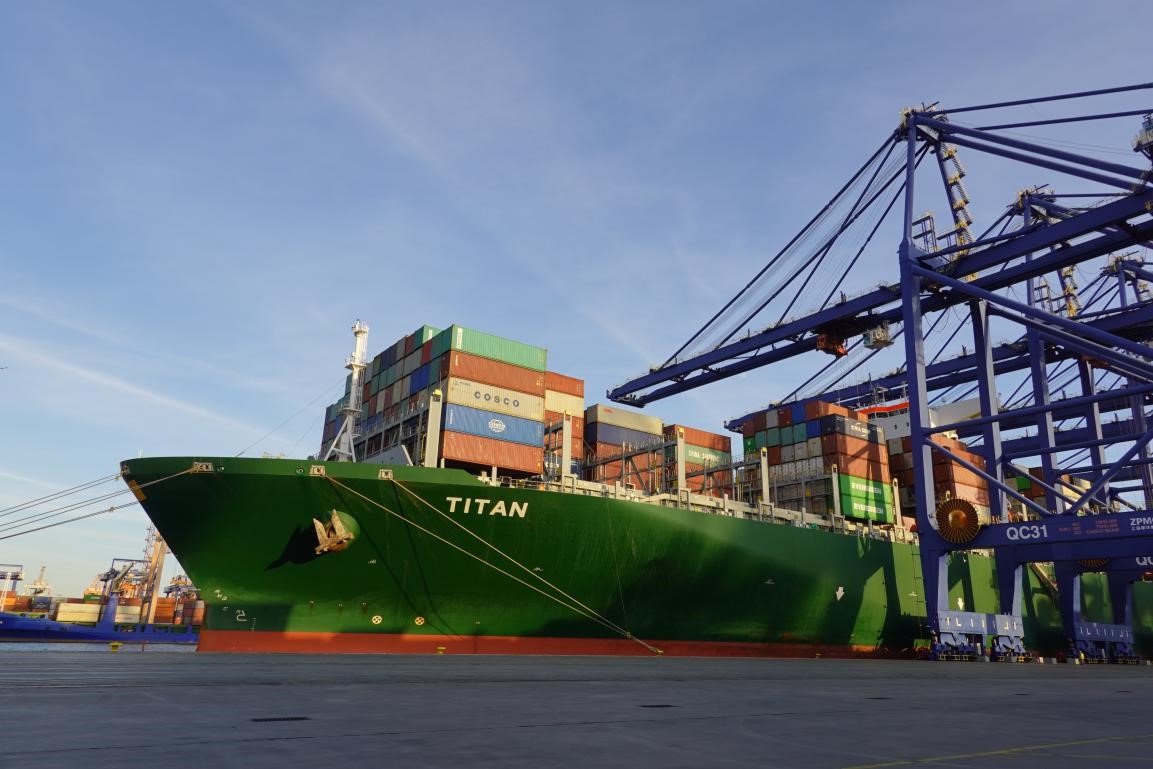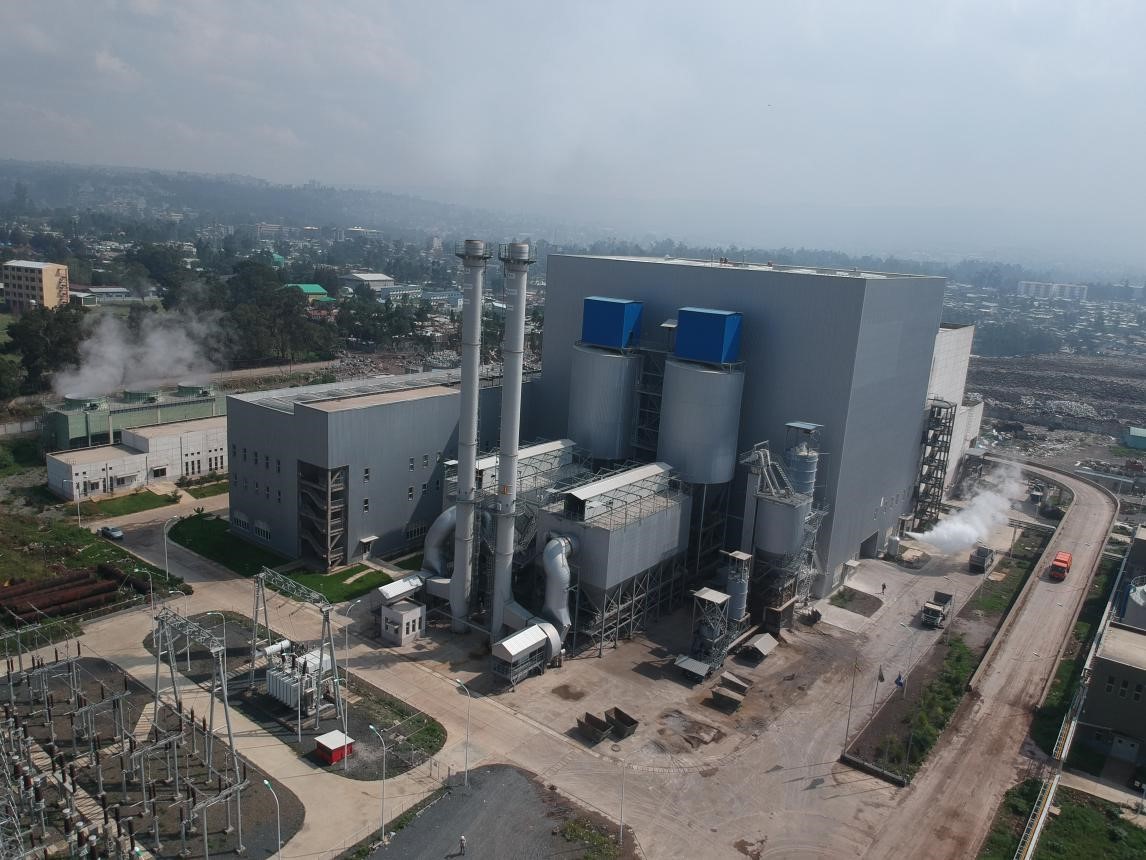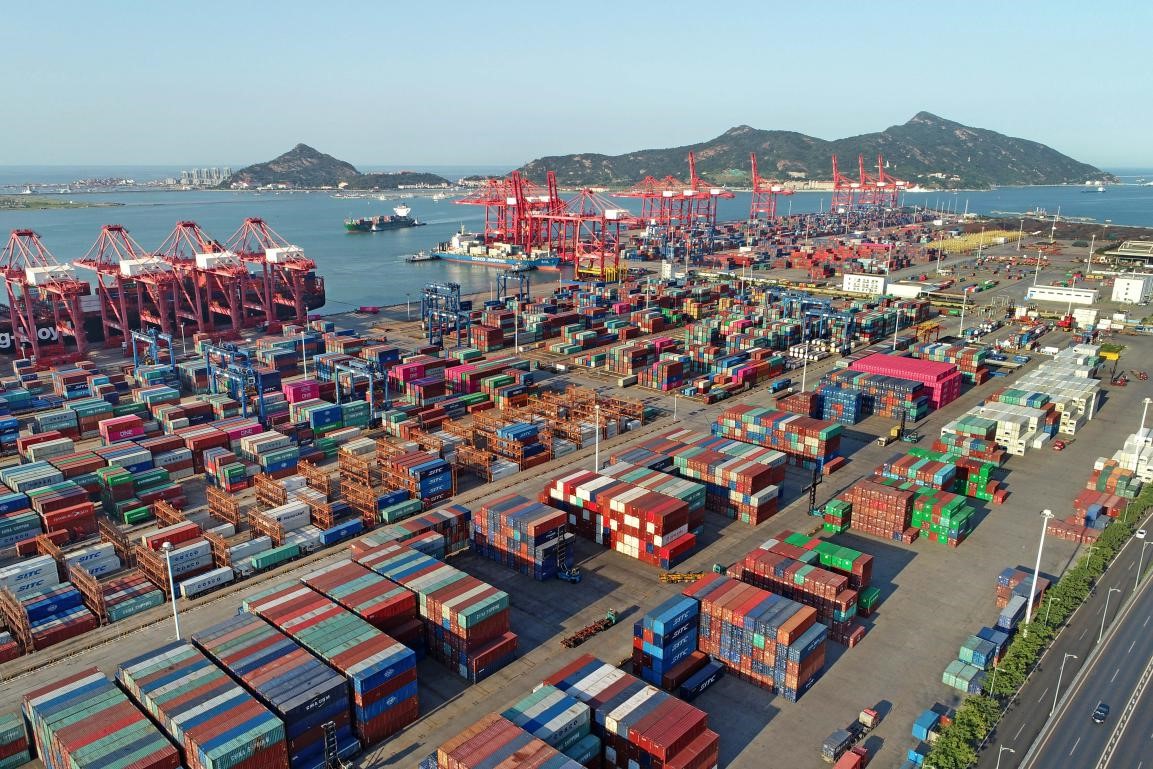Belt and Road Initiative promotes integrated efforts at opening-up around the world

A cargo vessel docks at Greece’s Piraeus Port. (Photo by Zhang Penghui/People’s Daily)
From Eurasia to Africa, America, and Oceania, joint construction of the Belt and Road has opened up new space for global economic growth, built new platforms for international trade and investment, and expanded practices for improving global economic governance.
Besides, cooperation under the framework of the Belt and Road Initiative (BRI) has contributed to the improving of people’s livelihood and welfare around the world, while promoting coordinated efforts at opening-up among China’s coastal areas, inland, and border areas and integrated development of various regions in China.
In 2014, the first solid platform project of BRI, China-Kazakhstan logistics cooperation base, was inaugurated in Lianyungang city, east China’s Jiangsu province, equipping Kazakhstan, the largest landlocked country in the world, with a marine outfall to the Pacific Ocean, thus turning the country into the hub connecting Asia and Europe.
“It takes 13 hours to drive from Vientiane to Boten, while the same journey can be finished in less than 4 hours by train. We will never have to travel through those mountain roads that twist and turn a lot,” according to director of the Public Works and Transport Department of Luang Namtha Province of Laos, who regards China-Laos railway as a significant landmark project in Laos’ course of modernization.

Photo shows the construction site of the Reppie waste-to-energy facility in Addis Ababa, Ethiopia, undertaken by a Chinese company. The facility is the first waste-to-energy facility in Africa and also a green and low-carbon demonstration power plant constructed by China National Electric Engineering Co., Ltd in countries along the BRI route. (Photo by Jing Yue/People’s Daily)
The BRI is a godsend for poor countries like Laos, which helps these countries to realize modernization and keep up with the changing world, commented Vientiane Times.
Statistics indicated that Pakistan’s GDP has witnessed an average annual growth rate of 4.77 percent during the past 5 years since the construction of the China-Pakistan Economic Corridor (CPEC) kicked off.
Meanwhile, foreign direct investment (FDI) in the country has expanded around 240 percent, with the 17 projects in the CPEC contributing $930 million to the tax revenue of Pakistan.
After joining the joint construction of the BRI, Greece has seen its largest port, Piraeus Port, which was once unable to function normally as even the bridge cranes were too rusty to lift things, catch the attention of the world and jump to the 36th place in the world in terms of container throughput.
Today, the sea lanes radiating from the Piraeus Port can reach 39 important ports of the Mediterranean countries.

Aerial photo taken on August 30, 2019 shows Lianyungang Port in Lianyungang city, Jiangsu province. (Photo by Wang Jianmin/People’s Daily Online)
With the implementation of and solid progress made by the cooperation projects under the framework of the BRI, the joint efforts to practice the BRI have brought tangible happiness and sense of gain to people of countries along the BRI route, making the Belt and Road a route to shared opportunities and common prosperity.
U.S. think tank Asia Society Policy Institute recently published a research report titled “Navigating the Belt and Road Initiative”. Daniel R. Russel, author of the report, wrote that “Infrastructure supports economic growth and can improve social well-being.”
The comprehensive implementation of the BRI can help 32 million people get rid of moderate poverty, where people’s living expenses are less than $3.2 per day, according to a new World Bank Group study on the BRI transportation corridors.
The study revealed that the full implementation of the BRI can increase volume of global trade by 6.2 percent, trade of economies along the BRI route by 9.7 percent, and global income by 2.9 percent.
In today’s world, 60 percent of the economic output comes from the coastal regions within 100 kilometers from the coastline, which causes some countries, especially the landlocked ones, to be gradually left out in the process of economic globalization. As these countries become the “deserts” of globalization, they hamper the development of economic globalization in a way.
Imbalance in development is the greatest imbalance confronting today’s world. As the World Bank pointed out, a novel feature of the BRI is that it can reach the places where traditional models of economic globalization are not willing or able to reach, and thus make the economic development of the world more balanced.
The BRI boosts connectivity among Asia, Africa, and Europe, and paves way for the economic growth of countries along the route and China’s own development, noted the website of Junge Welt, a German daily newspaper.
China has made great efforts to expand market access for foreign investment in broader areas, strengthen international cooperation on intellectual property protection, increase imports of goods and services, implement more effective international coordination on macro-economic policies, and put more focus on the implementation of opening-up policies.
At the moment when the world is faced with mounting unilateralism and protectionism, China endeavors to embrace development opportunities by opening its door wider to the rest of the world with the aim of pursuing mutually beneficial and win-win results and promoting the high-quality construction of the BRI by closer cooperation.
It is believed that with all the joint efforts to further promote the construction of the BRI, a highly anticipated glorious future featuring openness, inclusiveness, and win-win cooperation is approaching.


 +86-13460933678
+86-13460933678